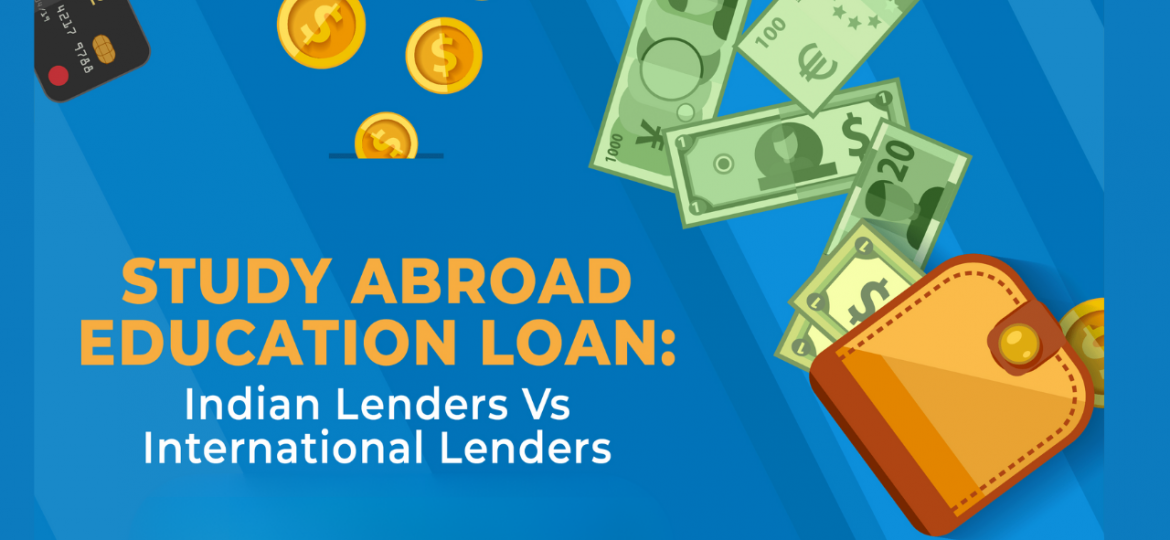


Why Study Abroad?
Studying abroad is a dream for many students in India. However, the cost can be a significant barrier. One way to overcome this financial hurdle is by securing an education loan. This comprehensive guide will walk you through the steps to apply for an education loan to study abroad from India, covering eligibility criteria, required documents, and useful tips.Before diving into the loan application process, let’s understand why studying abroad is so appealing:
- Quality Education: Access to top universities and high-quality education.
- Global Exposure: Experience diverse cultures and perspectives.
- Career Opportunities: Enhance job prospects with an international degree.
- Personal Growth: Develop independence and adaptability.
Start your journey with Book a Free Session
Step-by-Step Guide to Applying for an Education Loan
- Research and Choose the Right Loan
Start by researching various banks and financial institutions that offer education loans. Compare interest rates, repayment terms, and other conditions.
- Public Sector Banks: Often offer lower interest rates.
- Private Sector Banks: May provide quicker processing times.
- Non-Banking Financial Companies (NBFCs): Flexible loan options but potentially higher interest rates.
- Check Eligibility Criteria
Each lender has specific eligibility criteria. Generally, you must:
- Be an Indian citizen.
- Have a good academic record.
- Secure admission to a recognized university abroad.
- Have a co-applicant (usually a parent or guardian) with a stable income.
- Prepare Required Documents
Gather all necessary documents before applying. Commonly required documents include:
- Proof of Admission: Offer letter from the university.
- Academic Records: Transcripts and certificates.
- Identity Proof: Passport, Aadhaar card, etc.
- Address Proof: Utility bills, rental agreement, etc.
- Income Proof: Salary slips, income tax returns of the co-applicant.
- Bank Statements: Last six months’ statements.
- Apply for the Loan
Once you have chosen a lender and prepared your documents, you can apply for the loan. The application process typically involves:
- Filling out the Application Form: Online or offline.
- Submitting Documents: Upload or hand over the required documents.
- Verification Process: The lender will verify the documents and evaluate your creditworthiness.
- Loan Approval and Disbursement
If your application is approved, the lender will provide a loan sanction letter. The disbursement process usually involves:
- Disbursement in Stages: Funds are released in stages, typically directly to the educational institution.
- Repayment Terms: Understand the moratorium period (grace period) and repayment schedule.
Tips for Securing an Education Loan
- Maintain a Good Credit Score: A good credit score can enhance your chances of loan approval and may even secure you a lower interest rate.
- Choose the Right Course and Institution: Opt for courses and institutions with good reputations and high employability rates to improve your loan approval chances.
- Compare Different Lenders: Don’t settle for the first loan offer you receive. Compare different lenders to find the best terms and interest rates.
- Understand the Loan Terms: Read the fine print carefully. Understand all terms and conditions, including interest rates, processing fees, and repayment terms.
Benefits of Education Loans
Tax Benefits Under Section 80E
Interest paid on an education loan is eligible for tax deduction under Section 80E of the Income Tax Act.
Building a Good Credit History
Timely repayment of an education loan can help build a good credit history, which is beneficial for future financial dealings.
Less Financial Burden on Parents
Education loans reduce the financial burden on parents, allowing them to support their children’s education without depleting their savings.
Challenges and Solutions
High Interest Rates: High interest rates can make loan repayment challenging.
Collateral Requirements: Some loans require collateral, which can be difficult for some applicants to provide.
Long Processing Times: The loan approval and disbursement process can be time-consuming.
Practical Solutions and Tips to Overcome These Challenges
- Compare multiple lenders to find the best rates.
- Look for unsecured loan options.
- Start the application process early to avoid delays.
Expert Insights
Opinions and Advice from Financial Experts
Financial experts can provide insights into the best practices for applying and managing education loans.
Tips from Education Consultants
Education consultants can offer guidance on choosing the right university and course, which can influence loan approval and amount.
Conclusion
Securing an education loan to study abroad from India involves careful planning and preparation. By following this guide, you can navigate the application process with confidence and embark on your study abroad journey. For personalized guidance on selecting the right path, feel free to get in touch with us, study abroad consultancy, and avail of our wide range of services for students on destinations like study in USA, study in Australia, study in Singapore, study in Switzerland, study in New Zealand, study in Germany, study in UK, study in Canada and many other countries.


